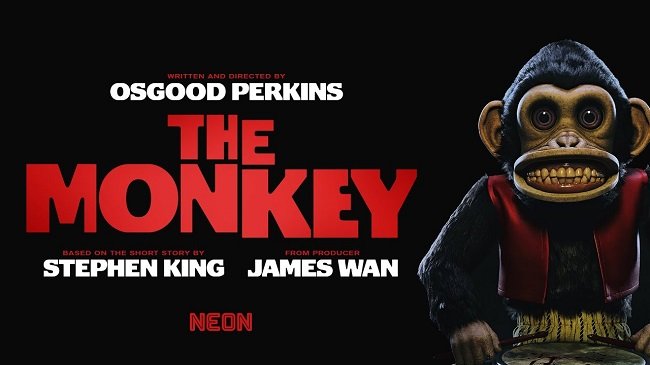Dr. Terror's House of Horrors (1965)
Dr. Terror's House of Horrors was the first portmanteau horror movie by Amicus Productions. The small British studio was founded by producers and screenwriters Milton Subotsky and Max Rosenberg. As the horror genre grew in popularity due to the success of Hammer films, Amicus saw the potential in the portmanteau format. Subotsky in particular held Ealing Studios 1945 classic Dead of Night in very high regard. Although only a modest budget movie, Dr. Terror's House of Horrors proved to be financially successful and led to a series of similarly structured films over the next decade. These included Torture Garden (1967), The House That Dripped Blood (1970), Asylum (1972), Tales from the Crypt (1972), The Vault of Horror (1973), From Beyond the Grave (1974),
Set on a late night train from London to Bradley, five passengers encounter a mysterious Dr Schreck (Peter Cushing) who offers to tell each passenger their future with a deck of Tarot cards. Initially most of them are sceptical, however curiosity eventually gets the better of them. As the Dr. proceeds, each man's story plays out as a vignette plays with a suitably sinister tone. All of which inevitably end unfavourably for the protagonists. Can the five passengers possibly escape their predicted demise? Will a fifth card drawn from the deck hold the key? Each time it is the death card; a conclusion they are far from happy with or ready to accept.
The most notable aspect of Dr. Terror's House of Horrors it its strong cast of British character actors. Jeremy Kemp, Bernard Lee and stately Christopher Lee effortlessly acquit themselves. A young Donald Sutherland was secured for the benefit of selling the movie to the US market. Roy Castle and Kenny lynch add some welcome levity to one story, without derailing the atmosphere. But ultimately it is Peter Cushing as the unshaven and shabby Dr. Schreck, who dominates the proceedings. He strikes the right balance between frailty and malevolence perfectly. The sinister look he gives when the first passenger (Neil McCallum) taps the Tarot card three time shows his prodigious acting talent.
As for the five stories that unfold, The Werewolf and Disembodied Hand are perhaps the strongest and the most traditionally grounded in horror. The others make up for in style what they lack in genuine horror. The Roy Castle's Voodoo tale is quite comic and reminiscent in tone to the Golfing story in Dead of Night. The Creeping Vine in which a family home is menaced by a sentient plant is surprisingly low key (due to minimal special effects) and works better that way. Vampire sees a newlywed Doctor who discovers that his wife may be a vampire. It has a rather clever sting in the tail. The resolution of the entire film holds yet another plot twist, though I'm sure it will come as no surprise to those familiar with this genre.
Despite its modest budget, this was considered a finely crafted horror vehicle at the time and had an X certificate rating. DVD copies currently available in the UK are now rated PG by the British Board of Film Classification. However it must be remembered that the British horror genre at the time was still in a state of transition. Hammer Studios had introduced more lurid elements to the proceedings but many films involving the supernatural still tended to rely on atmosphere and tone. Hence there is an emphasis on dialogue and performances in Dr. Terror's House of Horrors over gore. The atmospheric cinematography by Alun Hume (Star Wars Episode VI: Return of the Jedi, A View to a Kill) and the use of Techniscope elevate this mainly studio based production into something more than the average horror movie.
The portmanteau format proved lucrative for Amicus, mainly due to their focus on inventive writing and their stable of regular stars. The sub-genre fell out of favour in the late seventies as Hollywood scored box office success with blockbuster horror films such as The Exorcist and The Omen. However the influence of Dr. Terror's House of Horrors left its mark and occasionally film makers still try their hand with the multi-story format. The success of George Romero's Creepshow, based upon the baroque style of EC horror comics and Stephen King's Cat's Eye prompted a resurgence of the portmanteau horror in the mid-eighties. With the industries current penchant for rebooting past successes, perhaps we'll see a return of horror compilation.




























